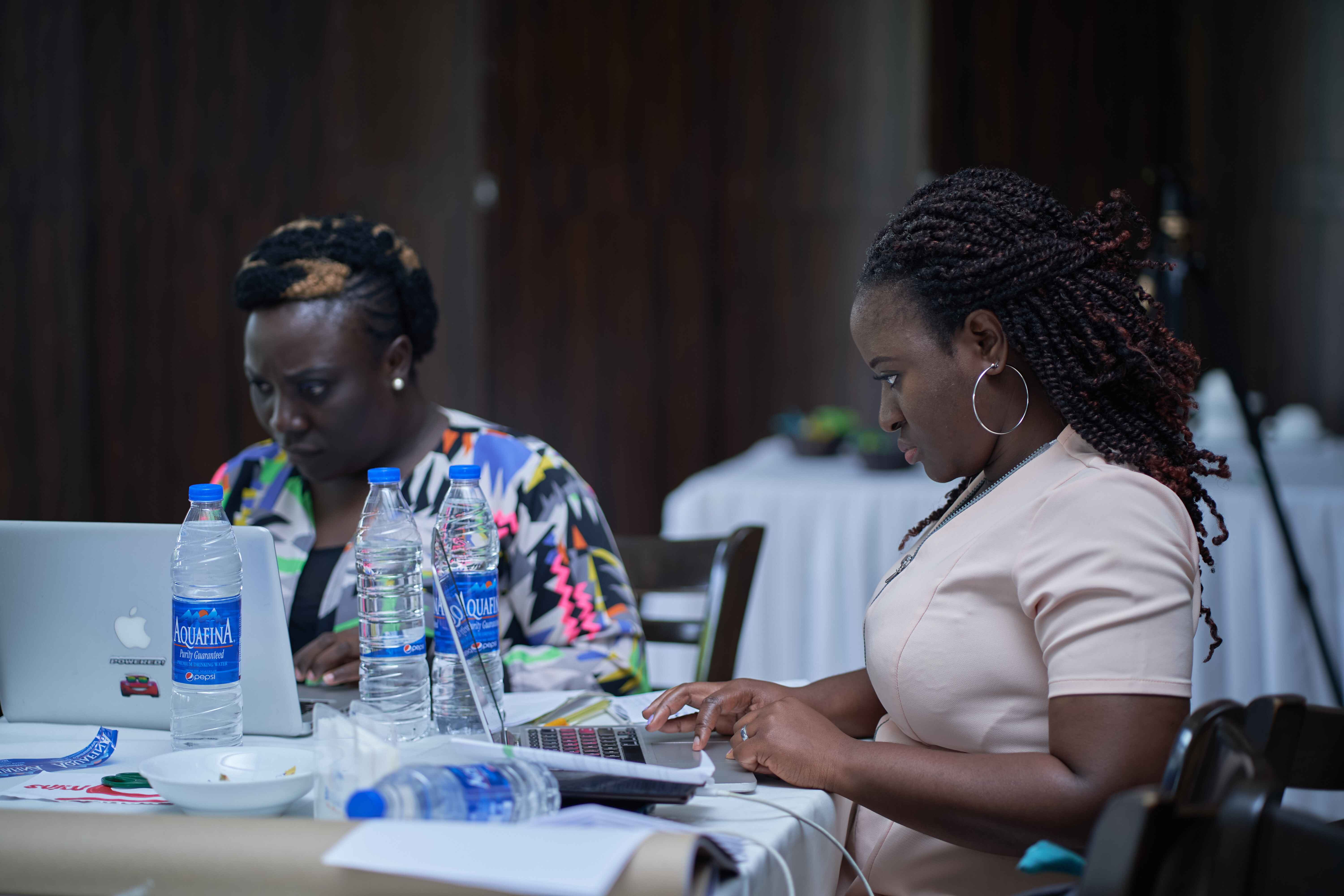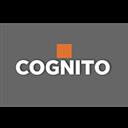
Technical writing for Advocacy and Social Impact
Image Credit: Medium
“You learn to write by writing, and by reading and thinking about how writers have created their characters and invented their stories. If you are not a reader, don't even think about being a writer.” - Jean M. Auel
Technical writing is the art of providing detailed information to help users understand what has happened, or learn about a specific skill or product. A technical writer is someone who writes technical documentation. Technical writing is a way and manner by which an organisation or individual presents technical information so that specific readers can use the information for an intended purpose.
Communicating complex concepts in simple and straightforward terms is a skill that should be learned. A development expert should be well-versed in the field and be able to communicate appropriately with different stakeholders and populations. This is because the ability to write in a way that people can understand is effective communication. “If you can't explain it to a six-year-old, you don't understand it yourself” - Albert Einstein
Here are some steps to technical writing:
Collecting information - good technical writing starts with some research and gathering of facts.
Creating a structure for your writing/write-up - developing an outline that will keep your writing organized.
Drafting - putting into practice your technical writing skills, and creating a good draft.
Submitting your technical documentation for review.
Release - disseminating your write-up to various platforms.
Before you write:
Think about user experience: Delivering a good user experience is important in creating a technical document as it may be uploaded anywhere on the web. You need to ask the following questions:
Who are my readers?
What do they need?
Where will they be reading this document? Online? On print? Etc.
When will they be reading?
Why will they be reading?
How will they be reading?
Comparing the first draft with the final document and reviewing highly-read or highly-used documents will definitely improve your writing skills. You can start by creating updated documents for existing programs or projects. Or you can give a detailed description of your project or a case study.
Examples of technical writing outputs are proposals, reports, research abstracts, poster presentations, product manuals, case studies, press releases, annual reports, business plans, newsletters, and literature reviews.
Best practices for effective technical writing:
Be audience-centred in your approach. It’s all about your audience.
Collaboration is critical in technical documentation. Learn to collaborate.
Create a framework or a system for the review of drafts.
Being professional and simple is the key.
Understand the use of proper English and avoid grammatical errors.
Know how to explain things clearly and simply.
It’s not about you, it's about your readers.
You can start your article by outlining any necessary prerequisites.
Outline main points and develop them into paragraphs
Plan your document
Get relevant graphics/images
Use an active voice.
Choose your words carefully.
Use plain language.
Use fewer words and write in a way that any reader can understand the text.
Good visuals: Even the clearest instructions can be lost in a document that has a poor visual representation.
Ensure that you start with a good introduction so that your readers have (or can acquire) the knowledge they need before diving right into your article. You can also include links to useful resources so your readers can get the information they need with a click. Conduct thorough research about the topic and as you write, take a moment to step back and view the document as if you're the reader. The goal is to write a document that is both useful and usable by your readers.
Benefits of technical writing:
Consistent technical writing builds the skill sets for becoming an expert on subjects.
Technical writing also gives a better sense of user empathy.
Technical writing helps individuals and organisations to stand out in any work environment or application process.
Documentation of knowledge products and impacts using effective technical writing skills and tools positions an organisation for more resources.
Some useful applications for effective technical writing
1. The Writing Assignment Calculator: http://cdweb.concordia.ca. This helps you break down writing. Putting in a due date in the application will break the writing steps into eight steps
2. Trinka.ai: https://lnkd.in/e_hYcmP6. This is an online grammar checker and language correction AI tool for academic and technical writing.
3. Ref-N-Write: https://lnkd.in/eNAau3qV. This application has inbuilt referencing tools and paraphrasing tools and it is good for academic phrase banks.
4. Authorea: https://www.authorea.com. Authorea supports researchers in disseminating research rapidly and getting published in refereed journals
5. Hemingway app: https://hemingwayapp.com. Hemingway is designed to help in identifying clarity and succinctness in thought.
6. Spinbot: https://spinbot.com. Spinbot is an intelligent, free text-rewriting tool
7. Online Correction: https://lnkd.in/eapTTZEp. This is a tool designed to find spelling, as well as basic grammar and stylistic mistakes, in English texts.
8. Power Thesaurus: https://lnkd.in/emm7uGQQ. This is a fast, convenient and comprehensive online thesaurus
9. Paraphrasing: https://app.wordtune.com/v2/editor/: This application is effective for paraphrasing information.
10. Mendeley: https://www.mendeley.com/search/. This is good software for referencing sources.
11. Grammarly: https://app.grammarly.com/ddocs/1773397540, This helps in checking grammar and punctuation.

Comments
No Comment available!